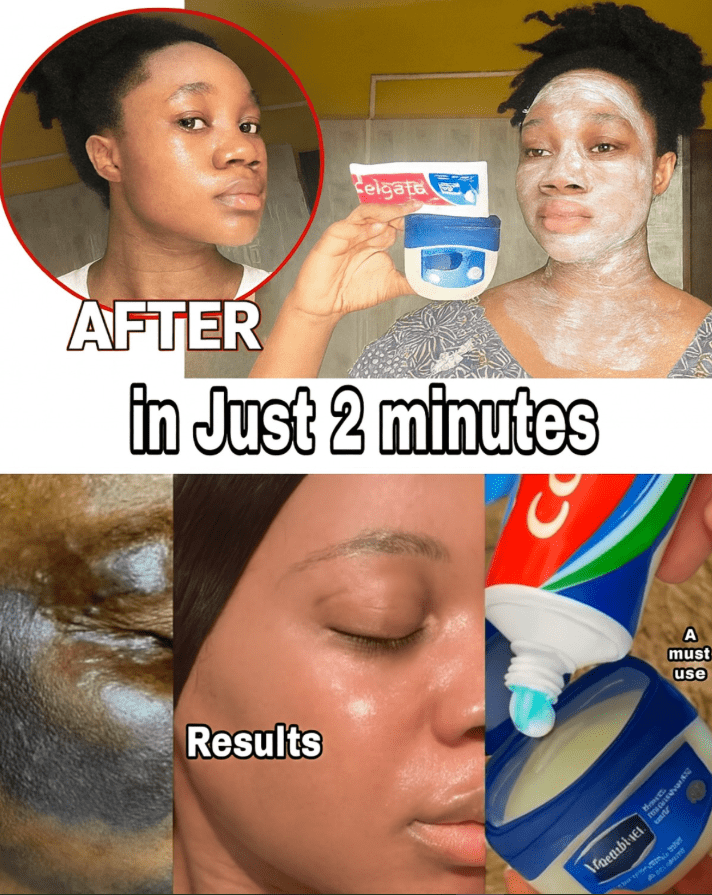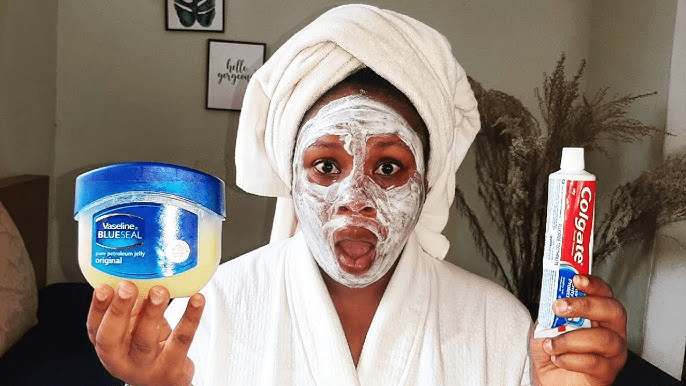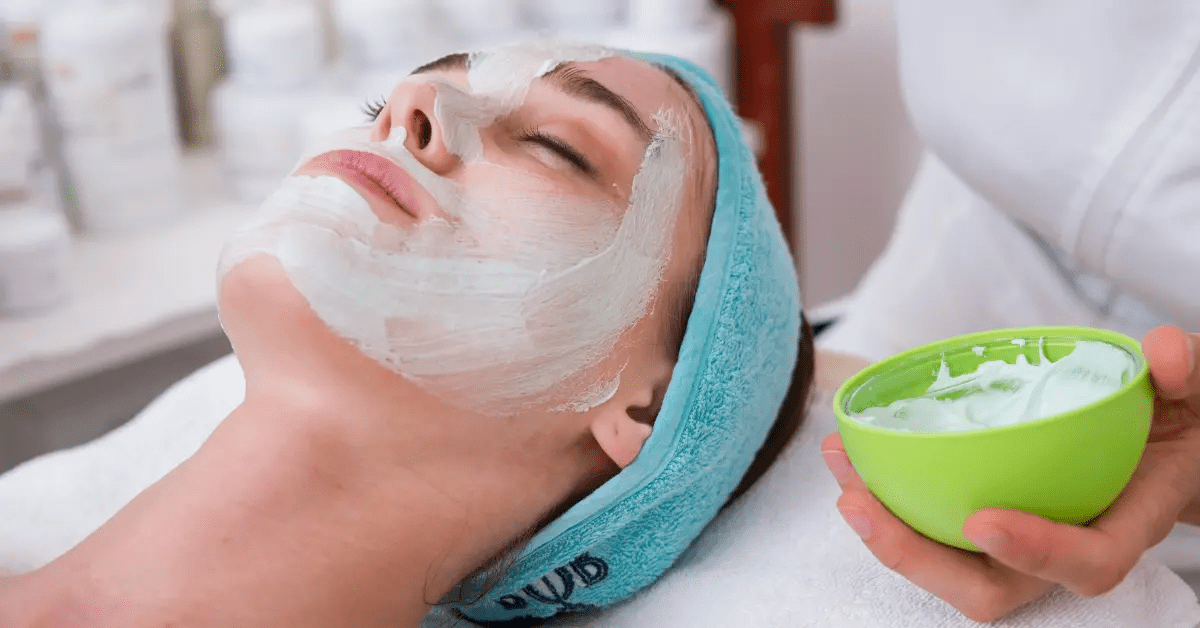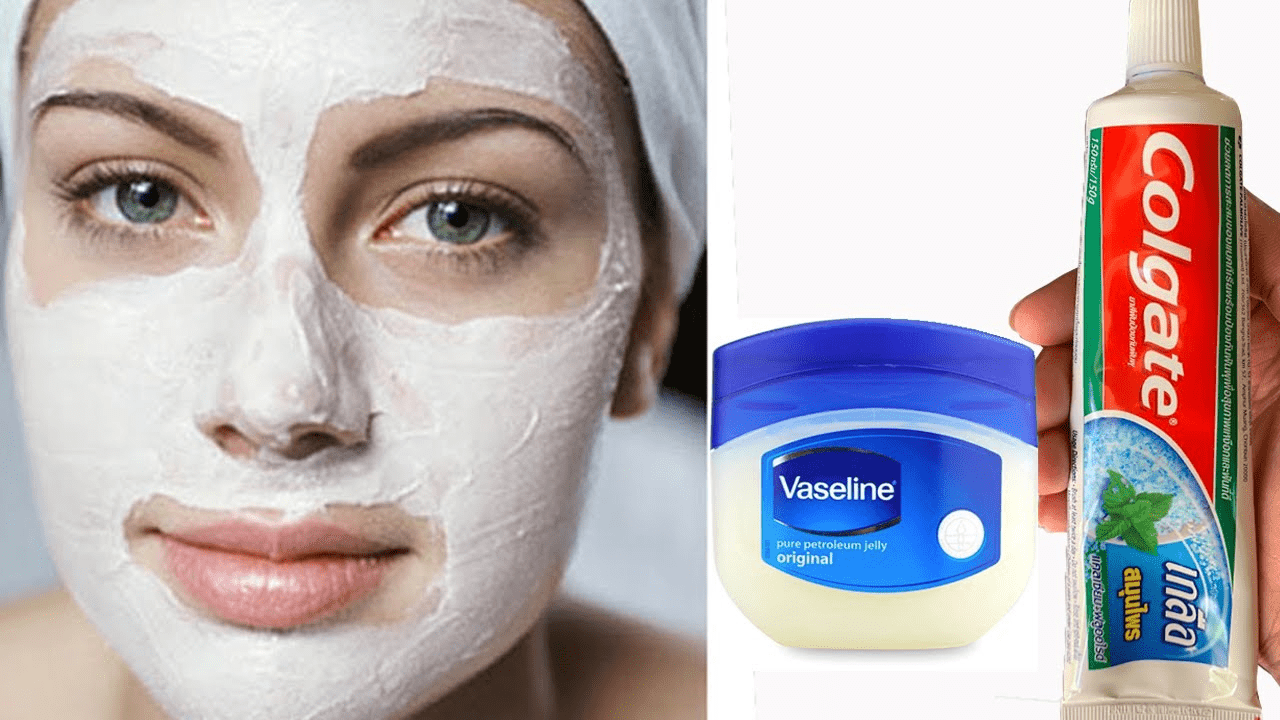
I Applied Toothpaste and Vaseline on My Face – Here’s What Happened

Skincare trends often spread quickly through social media, with countless “DIY hacks” promising overnight results. One of the more curious routines that has gained attention is the combination of toothpaste and Vaseline (petroleum jelly) applied to the face. Some people claim it clears acne, shrinks pores, or brightens the skin in just one night. But is it safe? And what really happens when you put these products—designed for very different purposes—on your face?

As a skincare and wellness content specialist, I’ll break down the science behind toothpaste and Vaseline on skin, share what users often experience “the next day,” and explain safer alternatives if you’re looking for clear, healthy skin.
Why People Try Toothpaste and Vaseline on Skin
The Myth of Toothpaste for Acne
- Toothpaste contains fluoride, baking soda, triclosan, and alcohol-based ingredients, which can dry out pimples.
- This led to the belief that toothpaste could “zap” pimples overnight.
The Role of Vaseline
- Vaseline, or petroleum jelly, is an occlusive moisturizer. It locks in moisture, creating a barrier to prevent dryness.
- Some people apply it with toothpaste hoping Vaseline reduces irritation while the toothpaste “treats” the acne.
On the surface, this sounds like a clever DIY trick. But the reality is more complicated.
What Actually Happens When You Apply Toothpaste + Vaseline

The Next Day (Short-Term Results):
- Drying of pimples: Toothpaste may temporarily reduce the size of a pimple by drying it out.
- Tight, irritated skin: Fluoride and alcohols in toothpaste can irritate skin, causing redness or a burning sensation.
- Greasy layer from Vaseline: The skin may feel sticky or oily, since Vaseline seals everything in—including potential irritants.
Over Time (Long-Term Effects):
- Increased irritation: Toothpaste is not formulated for delicate facial skin, leading to dryness, peeling, or even chemical burns.
- Clogged pores: Vaseline, though non-comedogenic for many people, can trap bacteria and irritants when layered over toothpaste.
- Worsening acne: Instead of healing, some breakouts may become more inflamed.
| Product | Intended Use | Effect on Skin (Face) |
|---|---|---|
| Toothpaste | Oral hygiene (teeth) | Over-dries, irritates, may burn skin |
| Vaseline | Moisture barrier (skin) | Locks in moisture but also traps irritants |
Case Example
Sophie, 23, tried the toothpaste-and-Vaseline hack after seeing it on TikTok. She woke up the next morning with one pimple slightly smaller, but the rest of her skin felt tight, red, and itchy. Over the next week, she developed more breakouts around her chin. Her dermatologist later explained that toothpaste contains skin irritants and is not safe for regular use on the face.
Safer Alternatives for Acne and Clear Skin

- Spot treatment: Use over-the-counter creams with benzoyl peroxide or salicylic acid.
- Natural remedies: A dab of diluted tea tree oil or aloe vera gel can calm pimples without harsh side effects.
- Gentle skincare routine:
- Cleanse with a mild face wash.
- Moisturize with a non-comedogenic cream.
- Apply sunscreen daily to prevent dark spots and irritation.
Conclusion and FAQs
Key Takeaways
- Applying toothpaste and Vaseline to your face may show a quick drying effect on pimples, but it often leads to irritation, clogged pores, and worsening breakouts.
- These products are not designed for facial skincare and can damage the delicate skin barrier.
- Safer, dermatologist-approved treatments are available for acne and skin clarity.
FAQs

Can toothpaste permanently remove pimples?
No. It may shrink them temporarily but often causes irritation and worsens acne.
Is Vaseline safe for the face?
Yes, but only when applied on clean skin to lock in moisture. It should not be mixed with irritants like toothpaste.
What should I do if I already tried this hack and my skin reacted?
Stop immediately, wash with a gentle cleanser, moisturize, and consult a dermatologist if irritation persists.
Disclaimer: This article is for educational purposes only. It is not medical advice. Always consult a dermatologist for personalized skincare recommendations.
News in the same category


Unleash Your Inner Lion: The Ultimate Egg, Honey, and Coffee Elixir for Men’s Vitality

7 Silent Sleep Killers Sabotaging Seniors’ Health (And How to Fix Them Tonight)

Moringa Unleashed: Discover the Secret Superfood That Can Revolutionize Your Health

Discover Grandma’s Secret: A Natural Remedy to Banish Varicose Veins

7 Teas That Stop Swollen Legs, Ankles, and Feet for Good

7 Powerful Ways Prosopis Juliflora Boosts Digestive and Heart Health

Purslane: A Natural Support for Lungs and Back Health

Indian Borage (Mexican Mint): A Herbal Drink for Eye Health

Aloe Vera Remedy: A Natural Support Against Bacteria and Fungi

Ginger, Onion, Garlic, Lemon & Honey Mix: How to Make It and Why It Matters

4 Teas for 4 Organs: Liver, Stomach, Heart & Brain

Over 60? Drink These 3 Teas to Rebuild Muscle and Walk Strong Again

Knee Pain Relief Starts with THIS Powerful Drink (Must Try for Seniors!)

Seniors, Do This 1 Simple Leg Move to Reverse Hidden Health Problems

Stronger Than Garlic and Lemon: The Bay Leaf Foot Soak That Removes Toxins and Bacteria

Herbal Tea from Stonebreaker Plant for Brain and Memory Support

Parsley Juice for Kidney Cleansing and Stone Relief

All-in-One Master Tonic Shots: Fire Cider with Apple Cider Vinegar, Cinnamon, Clove, Lemon, Ginger, Turmeric, Cayenne & Honey
News Post

Unveil the Mystery: 10 Japanese Rice-Based Secrets for Radiant, Wrinkle-Free Skin

Unleash Your Inner Lion: The Ultimate Egg, Honey, and Coffee Elixir for Men’s Vitality

7 Silent Sleep Killers Sabotaging Seniors’ Health (And How to Fix Them Tonight)

Moringa Unleashed: Discover the Secret Superfood That Can Revolutionize Your Health

Discover Grandma’s Secret: A Natural Remedy to Banish Varicose Veins

A Boy’s Hand Shows Strange Signs After Playing in the Sand

7 Teas That Stop Swollen Legs, Ankles, and Feet for Good

7 Powerful Ways Prosopis Juliflora Boosts Digestive and Heart Health

Purslane: A Natural Support for Lungs and Back Health

Indian Borage (Mexican Mint): A Herbal Drink for Eye Health

Aloe Vera Remedy: A Natural Support Against Bacteria and Fungi

Ginger, Onion, Garlic, Lemon & Honey Mix: How to Make It and Why It Matters

4 Teas for 4 Organs: Liver, Stomach, Heart & Brain

Over 60? Drink These 3 Teas to Rebuild Muscle and Walk Strong Again

Knee Pain Relief Starts with THIS Powerful Drink (Must Try for Seniors!)

Seniors, Do This 1 Simple Leg Move to Reverse Hidden Health Problems

Stronger Than Garlic and Lemon: The Bay Leaf Foot Soak That Removes Toxins and Bacteria

Herbal Tea from Stonebreaker Plant for Brain and Memory Support
